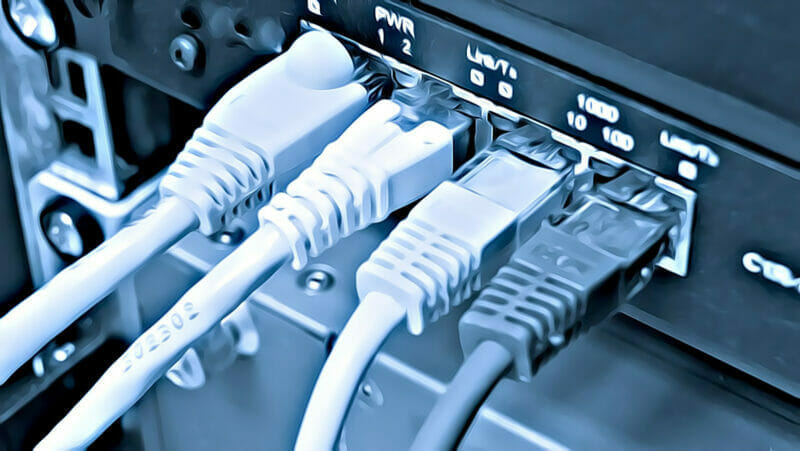In most cases, a modem is a device that allows a computer to connect to the Internet through a phone line, cable system or other means of networking, and a router enables computers on a network to communicate with each other. There are many differences between routers and modems, which is why it’s important for consumers to know which one to purchase.
A modem allows computers on a network to connect with other networks, such as the Internet. A router shares an Internet connection wirelessly within a small network of computers or mobile devices. There are many types of routers and modems, but for most consumers these days it is sufficient to have just a single device that can function as either a modem or router, known as a gateway. A modem is connected through the telephone line, cable line or other type of LINE LINE. A Router facilitates communication between computers on a Local Area Network (LAN). For example, The wireless router is connected to the Internet source and each computer in your home will be connected to the wireless router.

How long do cable modems last
On average, a cable modem has an operational life of about three to five years. This is because most people only need the Internet for basic browsing and emailing purposes, not streaming high-quality videos or playing online games. With this in mind, once your data plan slows down due to heavy network traffic from other users on the same system, you might start to experience problems and the service and warranty providers will not be obligated to provide further assistance.
For cable modems that are provided by a cable provider such as Comcast XFINITY, customers must submit a request with the company to receive a replacement device. Customers should verify their account information before initiating the request to avoid any confusion. Customers should also make sure to return the old device, which is necessary to avoid extra charges from being billed for service or equipment not rendered.

Modems are used to connect devices to the internet, while routers direct traffic and manage connections between devices
For example, you will need a modem to connect to your ISP (Internet Service Provider) and a router for all the other wireless devices in your home or office. Some routers will include built-in modems but they are not interchangeable. A combined device is designed for convenience, but most people are better off keeping their modem and router separate.
With a modem, only one device can connect to the Internet at a time. This means if you have multiple people in your household wanting to go online at once, there is a good chance that somebody will be sitting around with nothing to do while they wait for their turn. Another downside of a modem-router combination is that your router may not be as fast as it could be if all of its resources are being used to connect a single device.

Most modems come with a built-in router, but some people may need to buy them separately
Others prefer building their own router/modem combination using a compatible router and modem that they purchase separately. A device that can be used as both a modem and an access point is known as a gateway, while a broadband router may contain a wireless access point
Conclusion
If you are having problems with your internet being slow or dropped signals, it’s more likely that there is a problem with your wireless router or network interference rather than the modem itself. However, if you notice that there are no problems when you connect directly to the modem with an ethernet cable instead of through your wireless router, then it’s possible that your router is the problem. In this case, you may consider buying a new cable modem with a built-in router, but make sure it is still compatible with your existing devices.

